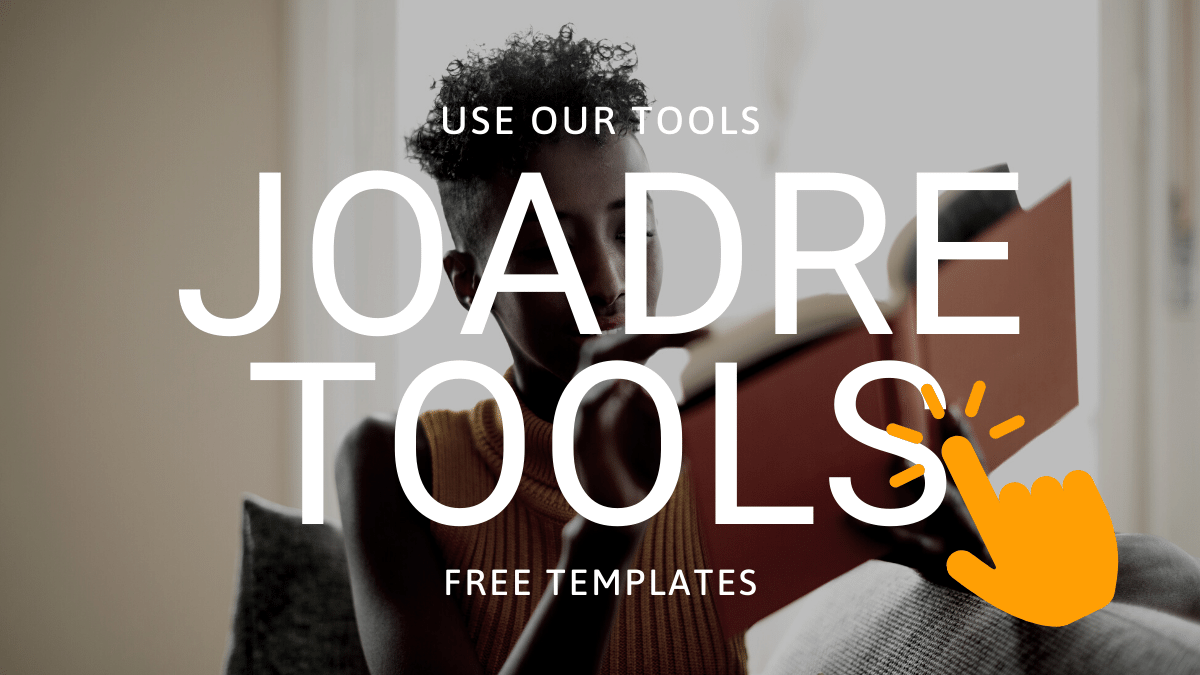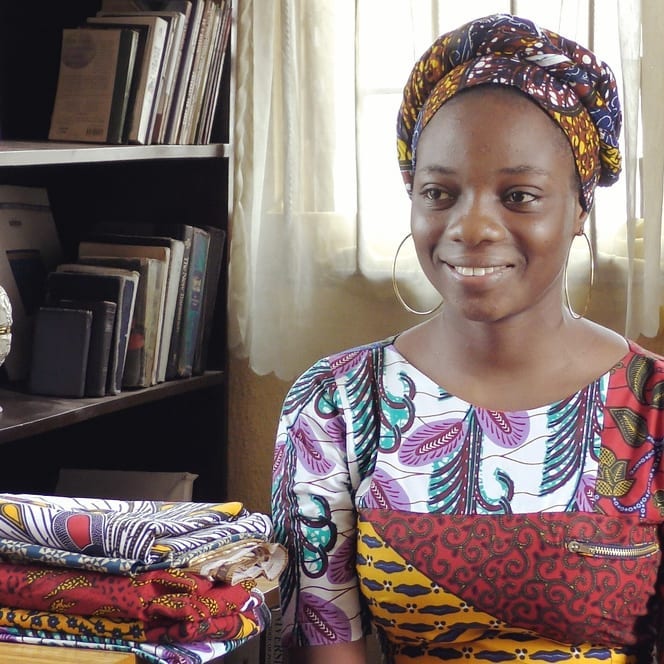This blog is for those talented tailors and designers in the fashion industry in Africa that want to learn more about fabrics and fashion design. I know that there are not too many good fashion design courses in Nigeria, so many tailors just learn how to sew without actually mastering the key part of fashion design which is to learn about fabrics. If you call yourself a tailor, designer or apparel manufacturer, then you should spend more time understanding the major material you work with. So I have created a blog series to teach the basics. If you are in the fashion business and are looking for other business ideas in the fashion industry, please read my blog on business ideas within the fashion industry.
We were not naked. We had fabrics.
Fabrics, especially in Africa, which existed thousands of years before christ. The ideology that we ran around naked could often be misleading to think that it was the Europeans that brought along fabrics. We actually traded in cloth with the Europeans when they came to Africa. But yes, Europeans have been really hard working developing tons of unique fabrics over the last decades but still we had old traditional natural fabrics which as at current could be the future of fashion. Unfortunately, there has been a massive gap between the fabric construction knowledge from our African ancestors and the current fabrics we now use.
Silk is not a fabric.
Noting that we operate in a 21st century fashion environment, I will focus on today’s fabric but highlight from time to time, our old and accent fabric culture. When you hear the word fabric, please never say “silk” as silk is not a fabric. Here is a simple structure to help you understand fabrics. When you hear fabric, think about these 2 points.
- the fibre, meaning material out of which it is made and
- how the fibre is constructed into a fabric.
Now let us focus on fibres.
We have 3 types of fibers out of which fabrics are made, which is either
- natural fibres
- synthetic
- mixture of synthetic-natural fibres.
Under construction of the fibres meaning, how the material is put together to produce the fabric, we have 2 basics which is either;
- Woven construction methods, which our African vor fathers loved very much. Till today, we have the Aso Oke fabric which is woven.
- Knitted construction methods, which is widely used in Europe because of the advanced technology and the weather as well.
Some may expand it to add non-woven hides but for now, I suggest we stick to the most common type.
Why is it important for you to understand this?
If you have visited very good and successful international brands, you will know that being able to give basic information about the fabric is essential to make you stand out from your competition, especially in a global marketplace. Also some showcasing and selling platforms in Europe will demand this information. Furthermore, it is technically important for you to know this in order to create really good products that will sell well. These are the little things that make Asian textile producers overtake us in Africa – deep and profound knowledge of our materials. If you know more about the material, you can process it more.
Natural fibres, natural fabrics
Now moving further, under the natural fibres, you can have them divided into 2 groups – plants and animals. This simply means that some natural fibres are created out of plants and some from animals. Examples of plant fibres out of which fabric is made are cotton, bamboo, flax plant for linen, hamf, fig tree which was widely used in the olden days and today still processed in Burundi.
Under the animal fibres category, you have wool from sheep, alpaca, silk from silkworms, now you see silk is not a fabric but a fibre out of which fabric is made. So if a seller at the market tells you something is silk, then you write it on the care tag that it is silk, then a store owner in Europe sells it as silk to a customer, who then knows that it is not silk. Then sue the store and there is wahala.
Actually the store owner will know immediately she gets it that is not silk and will never do business with you again. You can explain, that is what the fabric seller told me. But sorry you have lost an international deal. Because silk has a kind of soft and drapey texture, many fabric sellers call anything, even synthetic fabrics that are soft and drape silk.
Fabric construction
Now let’s move to the next which is fabric construction. Remember, we talked about knit and woven methods of constructing the fabric from the fibres. Woven is basically when the yarns (fibre threads) are woven vertically and horizontally into one another creating different kinds of weave. These kinds of fabrics are often not stretchy, even when some are. But most of them are not but can obtain some stretch character by cutting it on bias.
Guys you know what that means as well. Cutting your patterns at a 90 degrees, diagonally on the fabric. So you see we are still talking about the natural fibres. A tip is that natural fibres are more loved in international markets and sell for a higher price. Second tip, you can test the fabrics to be sure if it’s natural by burning the edges. If it burns and sprinkles into dust, it is a natural fibre, if it burns and melts together like rubber, it is majorly synthetic.
In the next blog on this fabric 101 series, I will explain the synthetic and mix fibres. Here is a blog on how to start a fashion business with less than 80K.
3 key take away from this blog
- Being able to give basic information about the fabric is essential to make you stand out from your competition.
- First silk is not a fabric but a fiber used to create fabrics.
- Fabrics are either obtained from natural fibers, synthetic fibres or a mixture of both.
- Fabrics are made by weaving the fibres or knitting them. Many woven fabrics are not stretchy. You see. Hard to stretch but you can cut on bias to give it a bit of stretch!
Hey, thank you so much for stopping by and reading through to the end. I really appreciate it, because it takes so much to put this together. Hope you liked it. If you did, remember to share this blog on social media. Yes, more free training and videos on this topic will be out this month on YouTube. Not to miss out, subscribe and turn on the notification on Youtube. It would be nice if you follow me on instagram as I share daily strategies and personal fun stuff. I am on facebook as well but to get it all in one place, subscribe to my free newsletter. Drop your comments, questions, feedback beneath using the comment section and I will be happy to answer your questions in my next video or blog.
Look forward to hearing from you soon!
Cheers,
Joana
Useful links:
- Facebook: https://www.facebook.com/joadreofficial/
- Youtube: https://www.youtube.com/user/joadretv
- Instagram: https://www.instagram.com/iamjoadre/
- Joadre blog: https://joadre.com/blog/
- Joadre Newsletter: https://joadre.com/newsletter/




